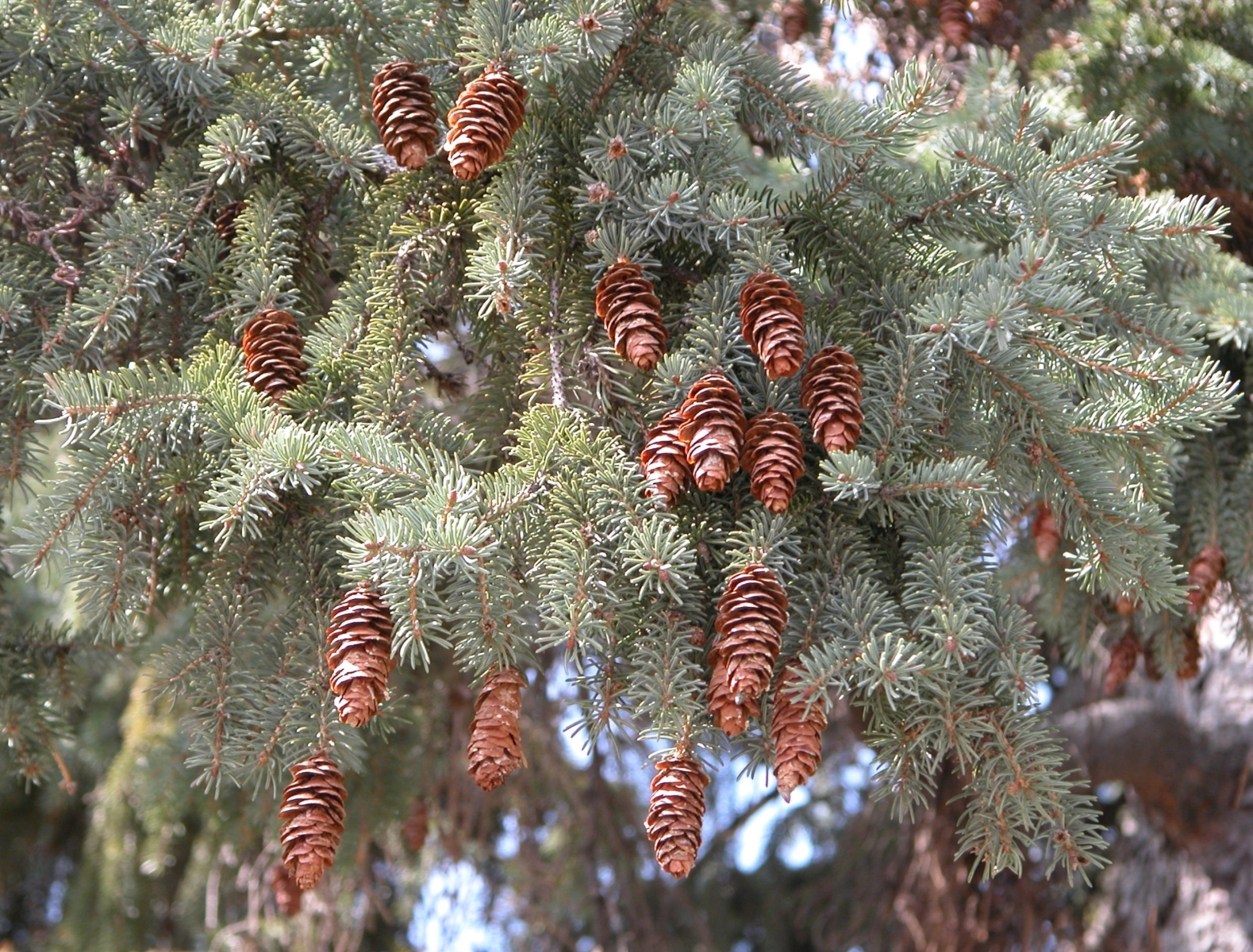A group of researchers from Columbia University publishing in the journal Environmental Research Letters have found that the growth of white spruce trees on the northern treeline in the far north of Alaska has shot up over the past 50 years. They've also managed to put forward an answer to the so-called 'divergence problem', where tree ring widths stop correlating with increasing thermometer-measured temperatures from the mid 20th century, and a possible alternative measurement as a solution to the problem.
Most people will be familiar with the use of tree rings in measuring time passing - with one ring for each year. But the width of the rings can also be used to estimate climate at the time when those layers of cells were laid down, known as a 'proxy' for when temperature measurements aren't available. The area where the researchers carried out their research is in very far North of Alaska, where tree growth is limited by temperature - so an increased average annual temperature would allow for a longer growing season and therefore wider tree rings, and also an increase in the maximum latewood density of each ring. 
Well, the team, led by Laia Andreu-Hayles and Rosanne D'Arrigo from the Tree Ring Laboratory at Columbia University's Lamont-Doherty Earth Observatory, have shown that in white spruce, while the tree ring width does indeed stop tracking the instrumental temperature increases seen after 1950, the maximum latewood density measurements do continue to follow the increased temperature. They suggest that this is because we have now reached a stage where temperature is no longer having a positive effect on growth. If you imagine a curve with temperature along the bottom and growth up the side - at first as the temperature increases, so does the growth, but after a certain point, although the temperature is still increasing, the graph levels off because growth is no longer responding. This could be down to the increased temperature actually stressing the trees, if there isn't also an increase in water availability. This is the situation the team found - the ring widths are larger post-1950, but their growth no longer correlates with temperature.
They suggest that using measurements of maximum latewood density might be a more accurate proxy for temperature measurements where temperature is 'no longer the primary factor controlling tree growth'. This would be a useful tool, especially in the face of criticism of the lack of correlation of ring width and temperature.









Comments
Add a comment